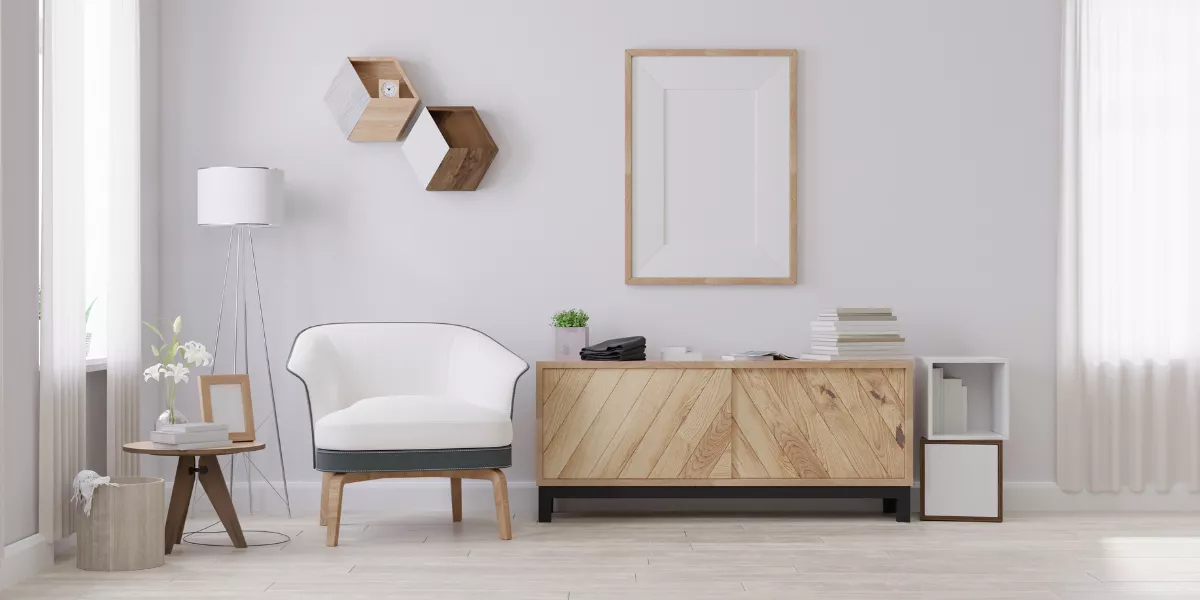
Discover the captivating evolution of furniture design from ancient civilizations to modern times. Egyptian furniture showcased ebony and ivory with intricate carvings, while Greek pieces were known for elegant lines and geometric patterns. The Romans introduced portable furniture, emphasizing status symbols and societal hierarchy. As time progressed, the Industrial Revolution brought mass production and a shift to standardized designs.
The mid-century modern movement focused on simplicity and functionality, leading to contemporary trends like sustainable materials and minimalist designs. See how cultural influences and technological advancements have transformed our living spaces over the centuries.
Ancient Furniture Designs
Explore the exquisite craftsmanship and functional simplicity found in ancient furniture designs. Ancient civilizations like the Egyptians, Greeks, and Romans valued furniture not just for its utility but also for its beauty and symbolism.
In Egypt, furniture was often made from precious materials like ebony and ivory, showcasing intricate carvings and hieroglyphic motifs. Greek furniture, on the other hand, was characterized by elegant lines and geometric patterns, reflecting a balance between form and function. The Romans, known for their innovation, introduced the concept of portable furniture, such as folding stools and collapsible tables, making it easier to rearrange living spaces for various activities.
These ancient furniture designs weren't only practical but also served as status symbols, indicating wealth and social standing. The craftsmanship and attention to detail in each piece reflected the values and aesthetics of the culture from which they originated.
Medieval and Renaissance Influences
During the Medieval and Renaissance periods, furniture design underwent significant transformations influenced by cultural shifts and artistic innovations.
In the Medieval era, furniture was primarily functional, reflecting the hierarchical structure of society. Noble households showcased elaborate pieces crafted from rich woods adorned with intricate carvings and ornate details, symbolizing wealth and status.
The Renaissance period brought about a revival of classical art and learning, inspiring furniture designers to incorporate elements of Greek and Roman styles. Furniture became more refined, with an emphasis on symmetry, proportion, and decorative motifs such as scrolls and foliage.
The use of new materials like walnut and oak expanded design possibilities, allowing for the creation of more elegant and sophisticated pieces. Furniture craftsmen honed their skills, mastering techniques like marquetry and inlay to embellish surfaces with intricate designs.
These influences laid the foundation for future furniture styles, marking a shift towards more artistic and innovative creations in the centuries to come.
Industrial Revolution and Mass Production
The Industrial Revolution revolutionized furniture production methods, leading to the era of mass production and significant changes in design aesthetics. With the introduction of steam power and mechanized processes in the 18th and 19th centuries, furniture making shifted from skilled artisan craftsmanship to factories capable of producing large quantities of furniture efficiently. This shift allowed for quicker production times and lowered costs, making furniture more accessible to a wider audience.
Mass production during this period also brought about changes in design. Furniture became more standardized, with repetitive patterns and simpler forms to streamline the manufacturing process. Ornate details and intricate carvings gave way to cleaner lines and functional designs. Materials such as iron and steel started to be incorporated into furniture pieces, reflecting the industrial materials of the time.
Mid-Century Modern Movement
Amidst the post-war period, a distinctive design movement emerged known as the Mid-Century Modern Movement. This style, which gained popularity from the 1940s to the 1960s, emphasized simplicity, functionality, and a connection to nature. Mid-Century Modern furniture often featured clean lines, organic shapes, and a mix of traditional and innovative materials.
During this era, designers like Charles and Ray Eames, Eero Saarinen, and Hans Wegner created iconic pieces that are still highly regarded today. The use of materials such as molded plywood, fiberglass, and steel became prevalent in Mid-Century Modern furniture, showcasing a blend of craftsmanship and industrial processes.
The Mid-Century Modern Movement wasn't just about aesthetics; it also aimed to make good design accessible to the average person. This emphasis on practicality and mass production without sacrificing quality set the stage for contemporary design practices. The influence of Mid-Century Modern furniture can be seen in many aspects of modern interior design, making it a lasting and significant movement in the evolution of furniture.
Contemporary Trends in Furniture
Exploring innovative materials and sleek designs, contemporary furniture trends redefine the boundaries of modern interior decor. In today's design landscape, you'll find a focus on functionality without sacrificing style. Multi-functional pieces are gaining popularity, such as ottomans with hidden storage or coffee tables that can transform into dining tables. Sustainability is also a key aspect of contemporary furniture, with eco-friendly materials like bamboo, reclaimed wood, and recycled plastics taking the spotlight.
Another prominent trend is the blending of indoor and outdoor living, with furniture designed to seamlessly transition from inside to outside spaces. This trend emphasizes creating a cohesive flow between the two areas, blurring the lines between indoor comfort and outdoor nature. Additionally, minimalist designs continue to be in vogue, with clean lines, geometric shapes, and neutral color palettes dominating contemporary furniture pieces.
Incorporating these trends into your living space can give it a fresh and modern look while also promoting sustainability and functionality. Embrace the contemporary furniture trends to create a stylish and eco-conscious home environment.




